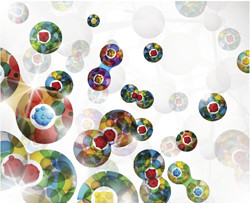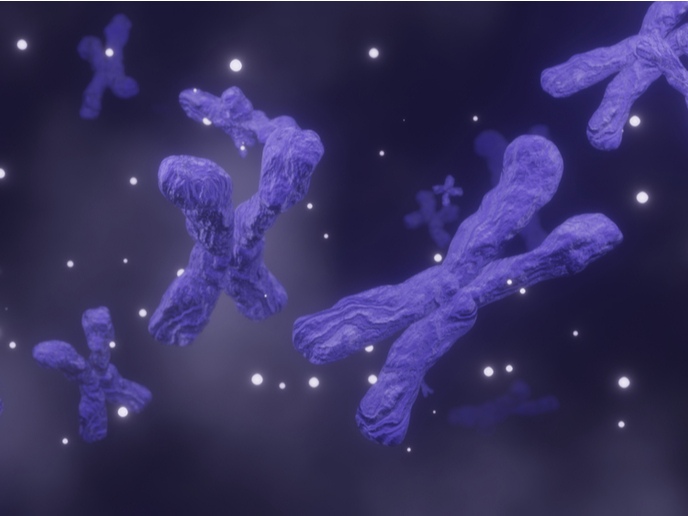A new role for cell cycle components
Collectively, the steps implicated for growth and division are known as the cell cycle, normally a tightly controlled process. The discovery of the cell cycle revolutionised the field of biology and helped us understand how life is sustained. The cell cycle pattern contributes to the final size and shape of cells and aberrant cell division leads to cancer. The key objective of the EU-funded 'Coordination of cell growth and cell division' (GROWTH AND DIVISION) project was to investigate the mechanisms that coordinate cell growth with progression through the cell cycle. As the regulatory mechanisms responsible for cell cycle progression are remarkably conserved among eukaryotes, researchers used the budding yeast Saccharomyces cerevisiae as a model system. Their efforts concentrated on the role of the core cell cycle component cyclin dependent kinase 1 (Cdk1) which triggers polarised growth in yeast. They generated yeast mutants. Using advanced microscopy methods they found that Cdk1 played a significant role in regulating membrane trafficking to coordinate membrane growth with cell cycle progression. Investigation of the underlying mechanism indicated that Cdk1 worked through Cdc42 to reorganise the endocytic and exocytic membrane trafficking vesicles. Using specialised photo conversion methodology, scientists succeeded in tracking and quantitating the dynamics of exocytic vesicles in over 400 yeast mutants. This helped them identify additional critical components that contribute to membrane vesicle trafficking. The findings of the GROWTH AND DIVISION study provide a novel link between the cell cycle and cell growth. This previously undocumented role of Cdk1 in membrane trafficking could form the basis for future studies towards resolving the enigma of cell growth regulation.







